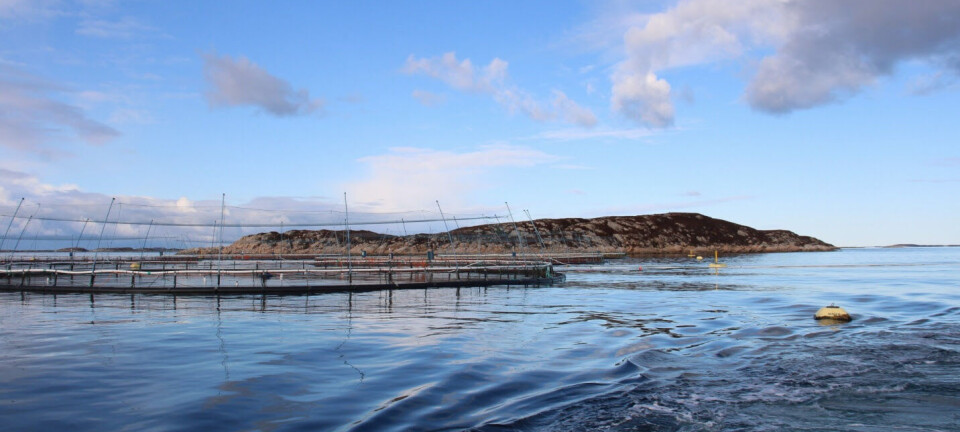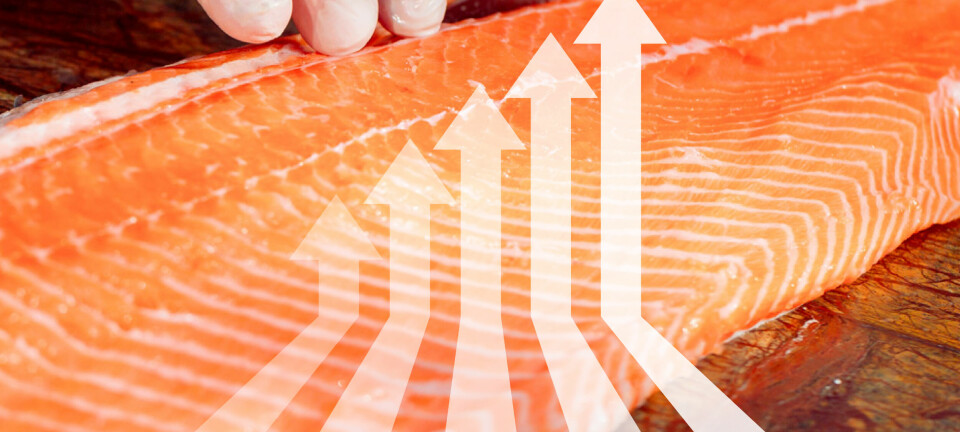
New research will seek to reveal vitamin D needs of farmed salmon
Norwegian fisheries and aquacuture research funder FHF is now announcing up to NOK 15 million (£1.12m) for research that will clarify salmon's need for vitamin D under different farming conditions.
FHF writes on its website that vitamin D is crucial for salmon’s skeletal development, immune system and general health, but the current knowledge base about the need is limited and partly inconsistent. According to FHF, recent studies suggest that salmon may have a higher need than previously recommended, especially in modern production environments where access to natural light is reduced or absent.
While mammals produce vitamin D in their skin when exposed to sunlight, fish have traditionally been considered to be entirely dependent on the vitamin through their diet. FHF writes that recent research shows that several fish species can form vitamin D upon exposure to ultraviolet (UV) light to a greater extent than previously thought. This raises relevant questions for both closed systems and conventional open cages, where seasonal and light conditions vary considerably.
FHF is therefore seeking project proposals that can provide a clearer picture of which levels actually ensure optimal health and growth in salmon. Projects with close industry connections and ongoing dissemination of results will be prioritised.
The application deadline is March 12, 2026. The contact person for the call is Sven Martin Jørgensen, head of fish health at FHF.
























































